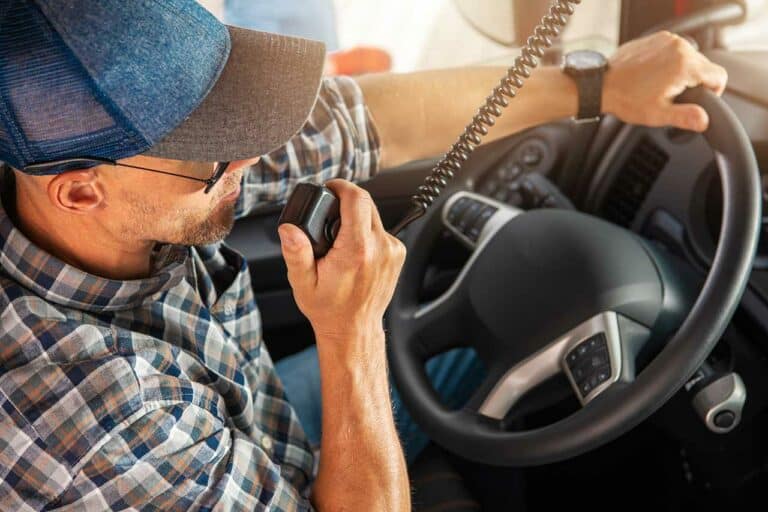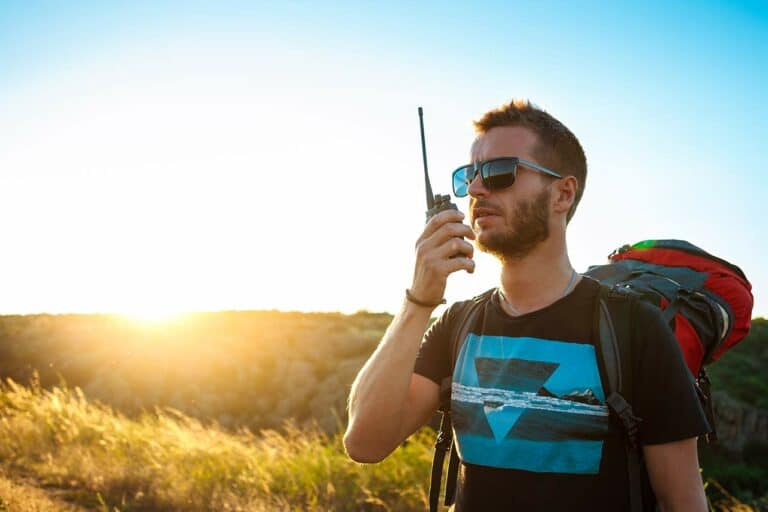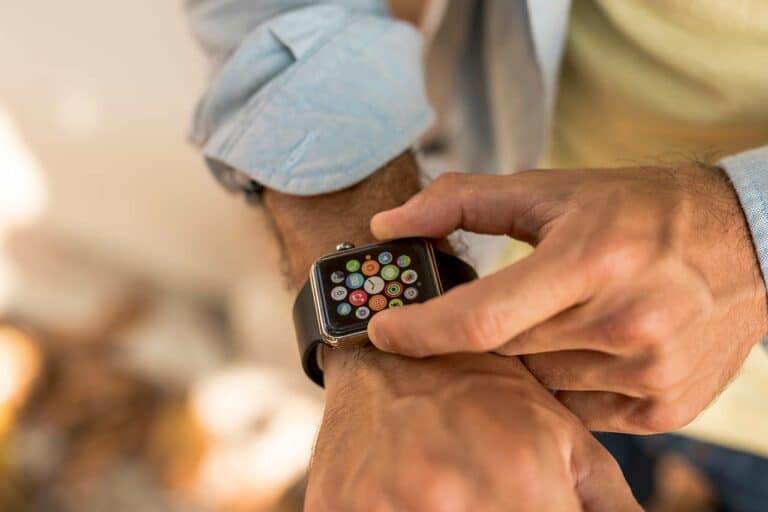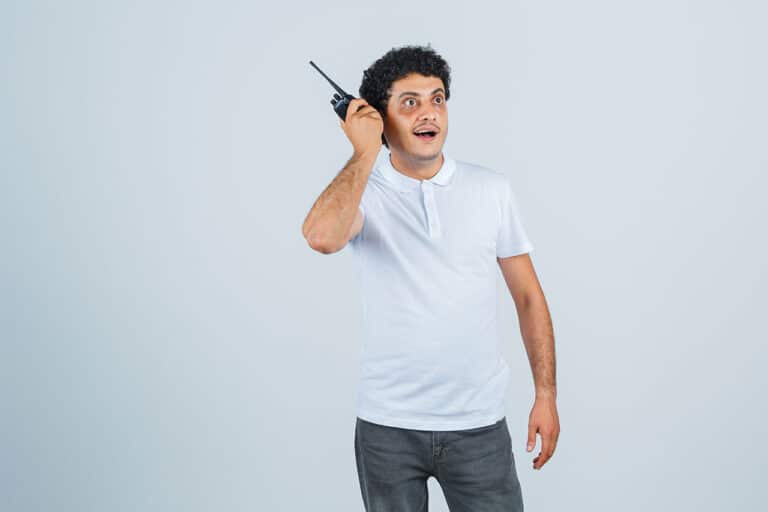How Weather Radios Work And Why You Should Own One
Weather radios play a crucial role in keeping you informed and prepared during emergencies. These nifty gadgets not only provide regular weather updates but also instantly alert you to severe weather conditions such as tornadoes, hurricanes, and floods, ensuring that you never get caught off guard. But how do they work, and why should you consider investing in one for your power outage prep?
Let’s dive into why a weather radio is an entirely unique form of informational device, and one you absolutely need in your power outage prep kit.
The Mechanics of Weather Radios
Weather radios are designed to receive broadcasts from the National Oceanic and Atmospheric Administration (NOAA). They tap into a network of dedicated frequencies, so you stay updated on current forecasts and severe weather alerts. Some weather radios even come with Specific Area Message Encoding (SAME), enabling you to customize alerts for your particular region. This ensures that you receive only relevant information and can promptly react to potentially life-threatening situations.
Here’s how they do their thing:
Frequency and Signal
Weather radios work by broadcasting continuous weather information over specific frequencies. The National Ocean Service, National Weather Service, and other government sources provide essential data that is sent directly to your radio. These broadcasts cover everything from ordinary updates to potentially life-saving alerts for severe weather events like tornadoes, floods, and hurricanes.
Specific Area Message Encoding
An awesome feature of many weather radios is SAME (Specific Area Message Encoding). SAME allows your radio to receive alerts only for a specified area, filtering out non-relevant alerts. Just set the code for the region you’re interested in, and your radio will ensure you only receive alerts that affect your area. This helps eliminate unnecessary notifications and keeps the focus on hazards close to home.
Reception Quality and Coverage
A crucial aspect of your weather radio’s reliability is its reception quality and coverage. Many factors may affect the signal you receive. When choosing a weather radio, consider its antenna design and the device’s general reception capabilities, keeping these things in mind:
- Fixed antennas are more common and work well for most situations.
- Telescopic antennas are versatile and can provide better reception in specific conditions.
While a weather radio should function anywhere, the quality of the broadcast will depend on signal strength. Signal strength varies depending on your location and distance from the transmission source, so ensure that the model you select offers adequate coverage for your needs.
By understanding the mechanics of weather radios, you can be confident in selecting one that suits your situation and keeps you informed during weather events. This can be highly beneficial during power outages caused by weather.
Why You Need A Weather Radio in a Power Outage
A power outage, especially one caused by severe weather, can leave you isolated from regular sources of information like the TV or the Internet. This is when a weather radio becomes an indispensable tool for keeping informed. Here are the ways weather radios stand apart from other information sources:
Independent Power Source
Unlike many household electronics, weather radios are designed with emergencies in mind. Many models are battery-operated or come with hand-crank capabilities, ensuring they remain functional even when the power grid goes dark. This makes them one of the most reliable sources of information during an outage.
Real-time Weather Alerts
Severe weather can change rapidly. A weather radio provides up-to-the-minute alerts on evolving weather conditions. If a storm is intensifying or changing direction, a weather radio ensures you’re the first to know, allowing you to react appropriately. This can also help you determine how long a power outage might last.
S.A.M.E. Customization
With Specific Area Message Encoding (S.A.M.E.) technology, weather radios can be tailored to deliver alerts specific to your geographical area. During a power outage, you’re not inundated with irrelevant alerts; you get precise, critical information pertinent to your location.
Not Just Weather
While their primary function is to relay weather updates, these radios also transmit other crucial alerts during power outages. From civil warnings to Amber alerts, you’ll stay informed about a range of emergencies that could affect you, even if they aren’t weather-related.
NOAA Reliability
NOAA all-hazards weather radios are renowned for their reliability, especially during emergencies. Endorsed by the National Oceanic and Atmospheric Administration, they offer a consistent, trustworthy source of information when many other communication channels might be down.
Types of Weather Radios
When it comes to weather radios, there are three main types to consider: Battery-Operated Portables, AC-Powered Desktop Models, and Hand Crank Radios. Each type has its own unique features and benefits, though some will serve you better than others during a blackout.
Battery-Operated Portables
During power outages, battery-operated portable weather radios become invaluable. Designed for mobility, these radios keep you connected even when you’re on the move. Thanks to built-in battery backup systems, you’re assured of continuous access to crucial weather updates, even if your primary battery depletes.
When considering a portable model, prioritize those with extended battery life, especially ones with energy-saving features. Some advanced models also support short-wave radio bands, ensuring you have a wider range of news sources during prolonged outages.
AC-Powered Desktop Models
For those who primarily rely on weather updates at home, AC-powered desktop models offer consistent and continuous information. However, during power outages, it’s essential to opt for models that have a battery backup feature. This ensures you’re not cut off from vital weather alerts just because the power is down.
A notable advantage of many desktop models is the inclusion of Specific Area Message Encoding (SAME). With SAME, you can tailor the alerts you receive based on your location, ensuring you get only the most relevant updates during an outage.
Hand Crank Radios: The Ultimate Backup
In the midst of a power outage, especially a prolonged one, hand-crank radios stand out as a beacon of self-sufficiency. These radios let you generate power manually, ensuring you’re never without access to essential weather updates.
For optimal versatility, look for hand-crank radios that also offer battery or solar power options. Some models go the extra mile in emergency preparedness, incorporating additional features such as built-in flashlights or USB charging ports, equipping you for various challenges that may arise during a blackout.
By understanding the differences between these types of weather radios, you’ll be able to choose the best one for your needs and stay informed about weather updates and emergency alerts, even when the grid is down.
Beyond the Gadget: The True Value of Weather Radios
When power lines fall, and the grid goes dark, many of our modern conveniences become inaccessible. It’s during these times of vulnerability that a weather radio emerges as a beacon of information, providing a crucial lifeline to the outside world. Regardless of the model you choose — whether battery-operated, AC-powered, or hand-crank — the importance of having a reliable source of weather and emergency updates cannot be overstated.
So, as you round out your emergency preparedness kit, place a weather radio high on your list — it’s a small investment in equipment that could make a world of difference when you need it most.







